The domestication of cats dates back thousands of years, positioning these furry companions squarely within human culture. Yet, beyond their roles as pets and mousers, domestic cats have become the center of a debate concerning their impact on local wildlife, particularly small mammal populations. This article navigates through the multifaceted relationship between domestic cats and small mammals, ultimately questioning whether felines are culpable for declining mammal populations.
The Natural Hunting Instincts of Domestic Cats
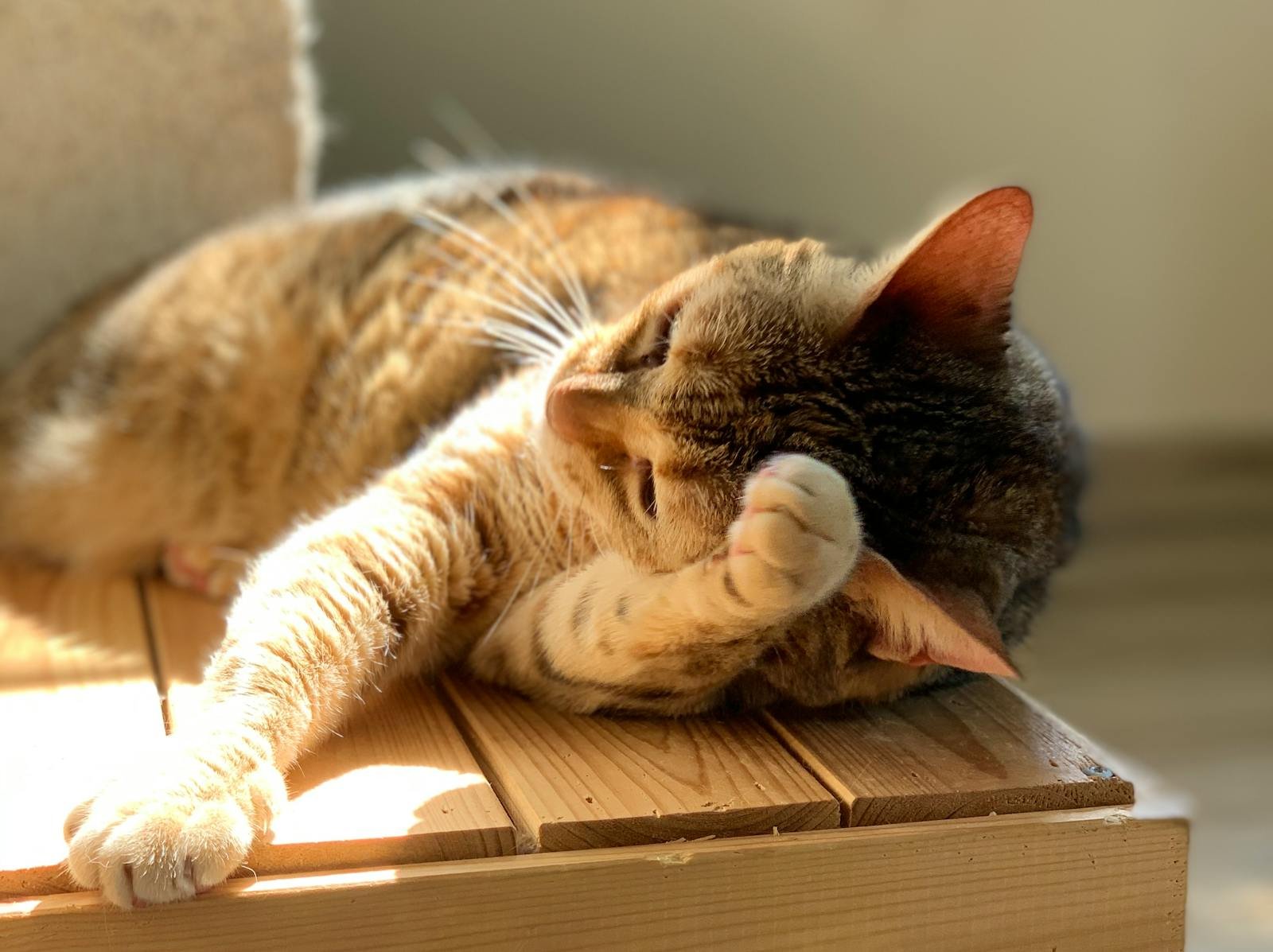
Despite their domestication, cats retain strong hunting instincts, influenced by their ancestors’ behaviors. Unlike dogs, cats are obligate carnivores, and even well-fed domestic cats often exhibit predatory behavior. This instinct manifests in playful pouncing, stalking, and ultimately killing prey, regardless of their nutritional needs.
Quantifying the Impact of Feline Predation
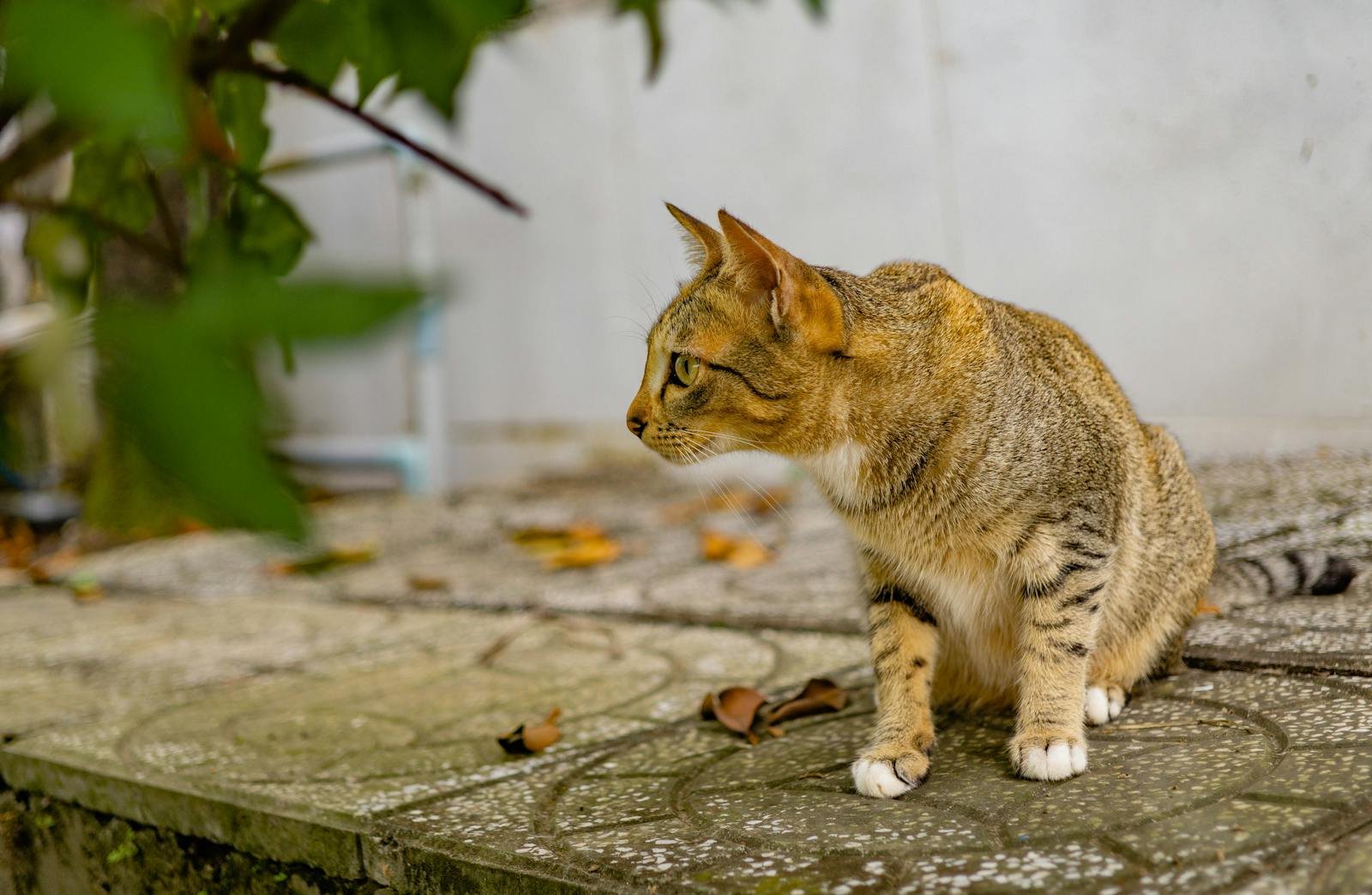
Estimating the true impact of domestic cats on wildlife is complex. A widely cited study by the Smithsonian Conservation Biology Institute estimates that cats kill billions of birds and mammals each year in the United States alone. However, these statistics necessitate an understanding of study methodologies and geographical variability.
Ecological Consequences in Urban and Rural Areas
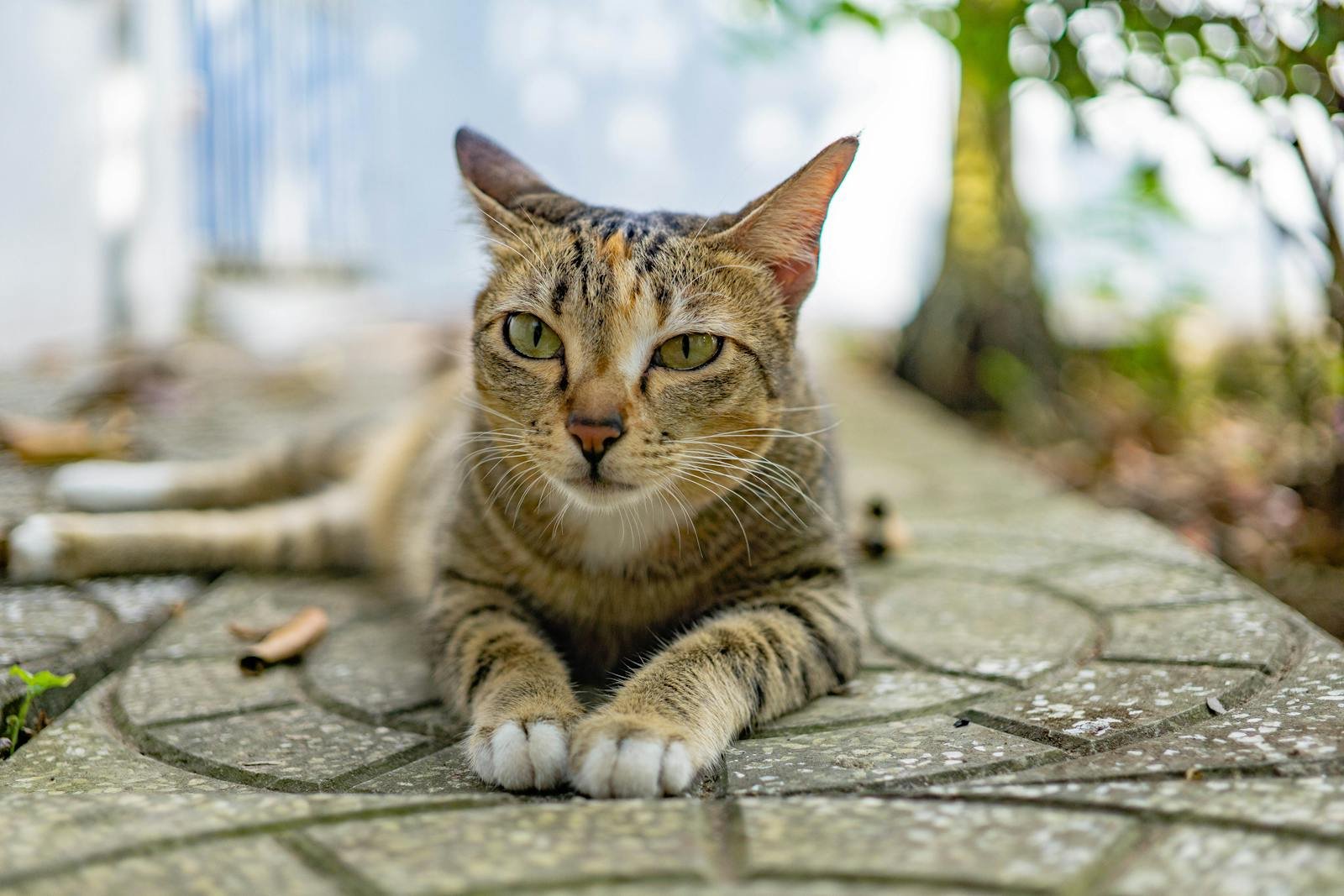
The impact of cats can differ significantly between urban and rural environments. In urban settings, domestic cats may target commensal species like house mice, while their rural counterparts might hunt endangered or vulnerable wildlife. The overlap between habitat encroachment and predation poses unique challenges for conservationists.
Comparing Native vs. Non-native Predators
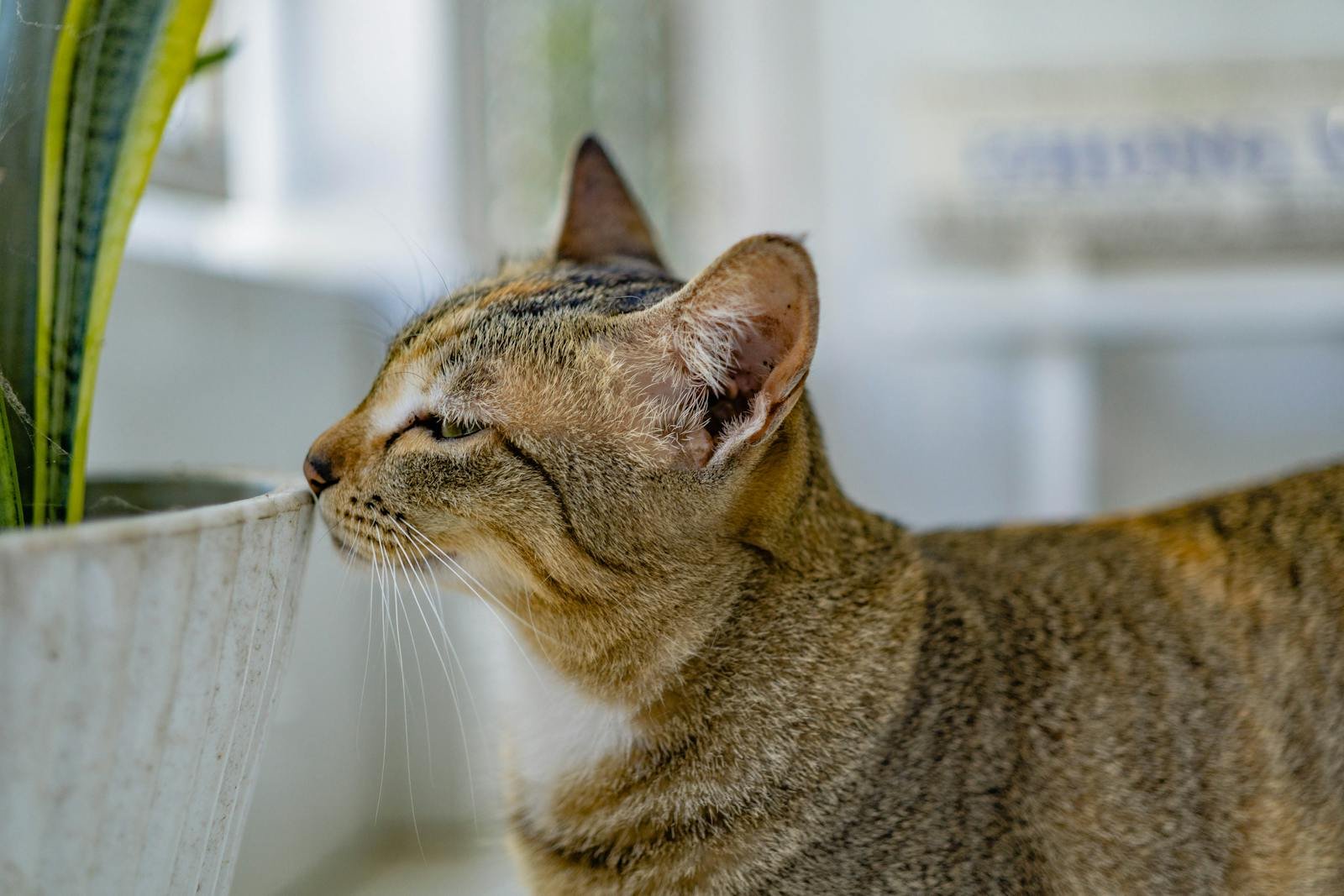
It’s crucial to discern between native and non-native predators. In ecosystems where small mammals have evolved alongside natural predators, they may develop survival strategies. However, domestic cats, being non-native in many regions, can destabilize these ecosystems and exploit prey unadapted to their hunting methods.
The Role of Outdoor Cats in Wildlife Decline
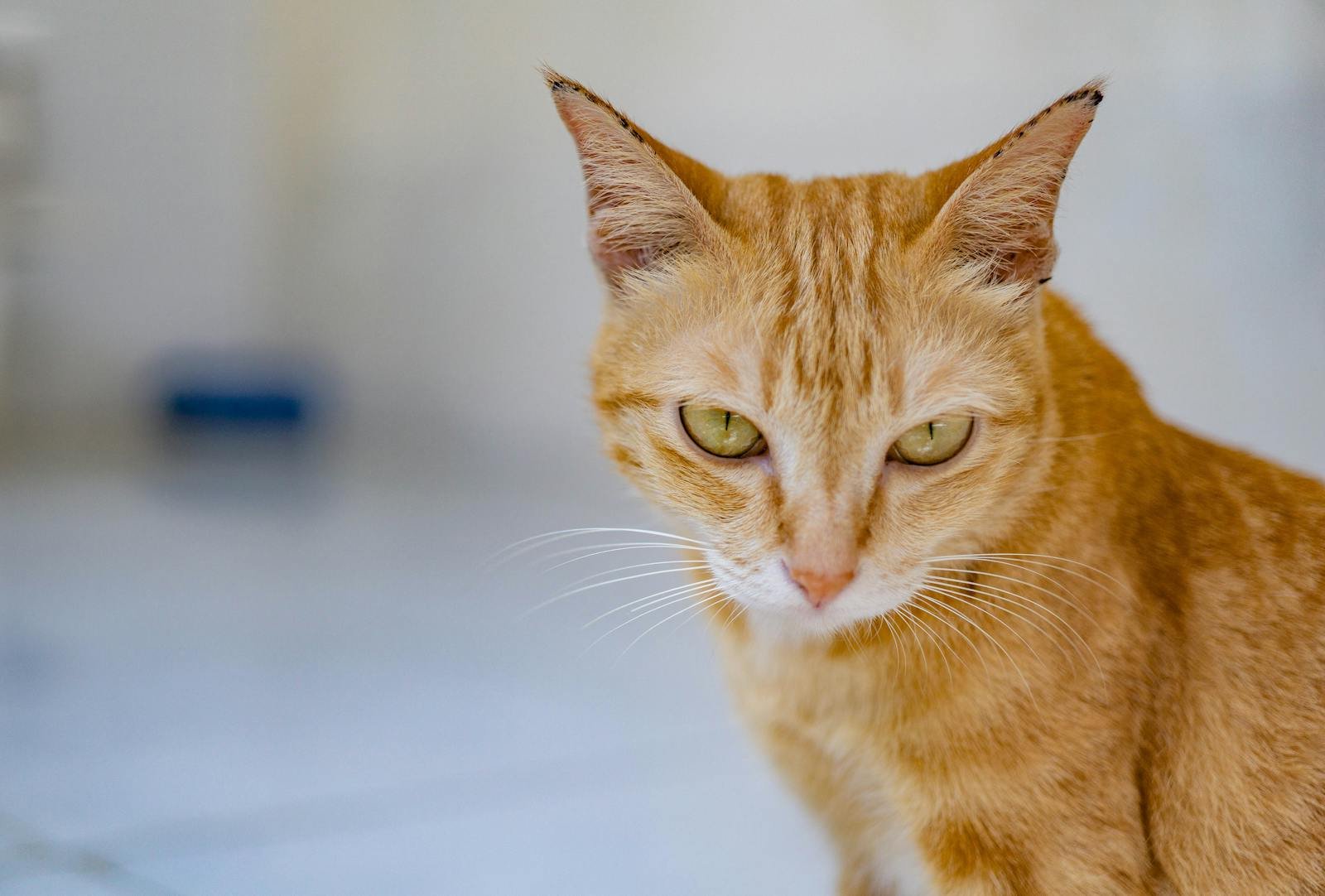
Outdoor cats, whether feral or free-roaming pets, contribute disproportionately to wildlife predation compared to strictly indoor cats. The scale of impact is amplified by the sheer numbers; feral cat colonies can house hundreds of individuals, each with a potential daily kill rate.
Implementing Feline Management Strategies
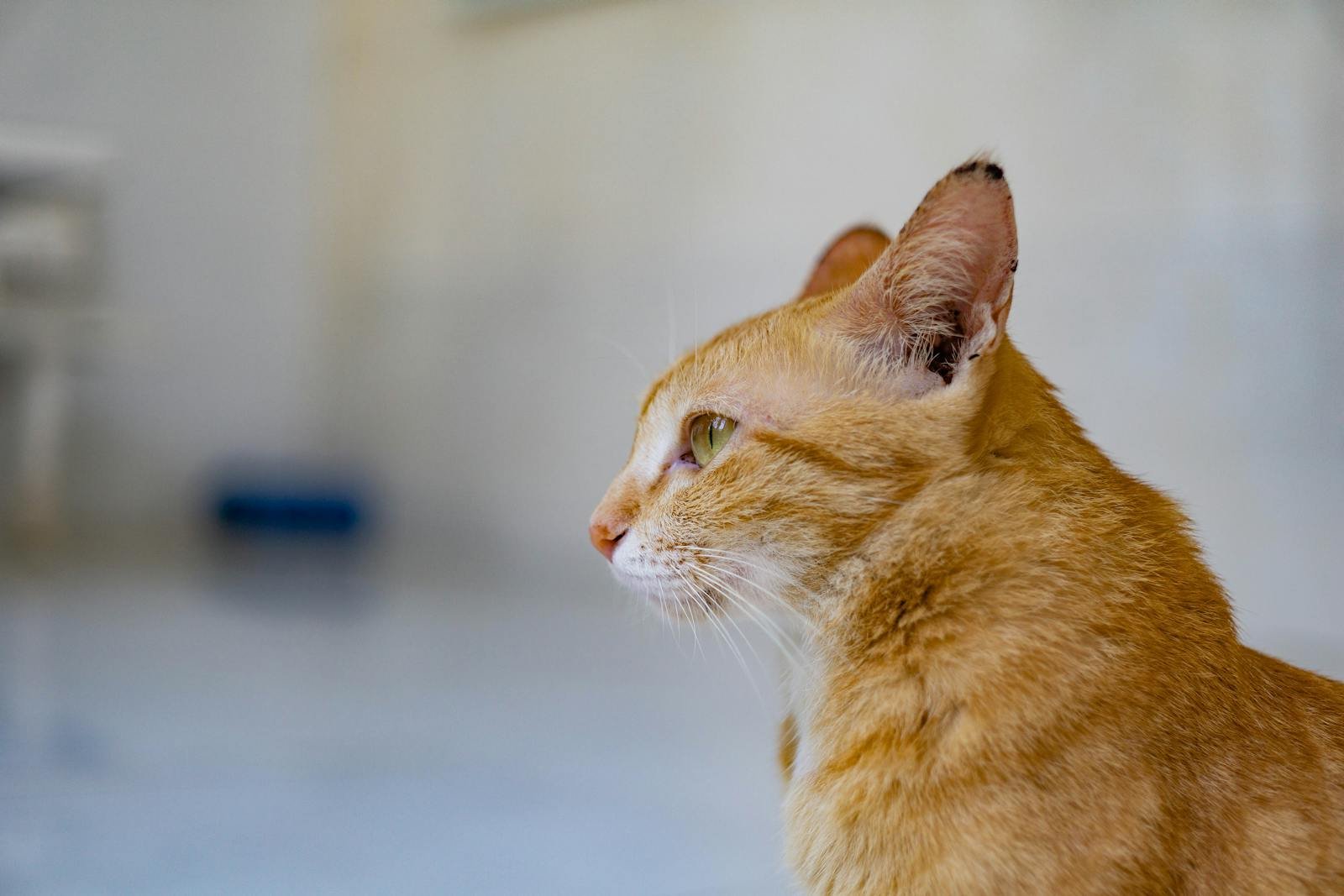
To mitigate their impact on small mammal populations, several cat management strategies have been proposed. These include Trap-Neuter-Return (TNR) programs for feral cats, promoting indoor-only lifestyles for pet cats, and the use of cat enclosures or “catios” that allow safe outdoor experiences without the risk of predation.
Perspectives on Conservation and Coexistence
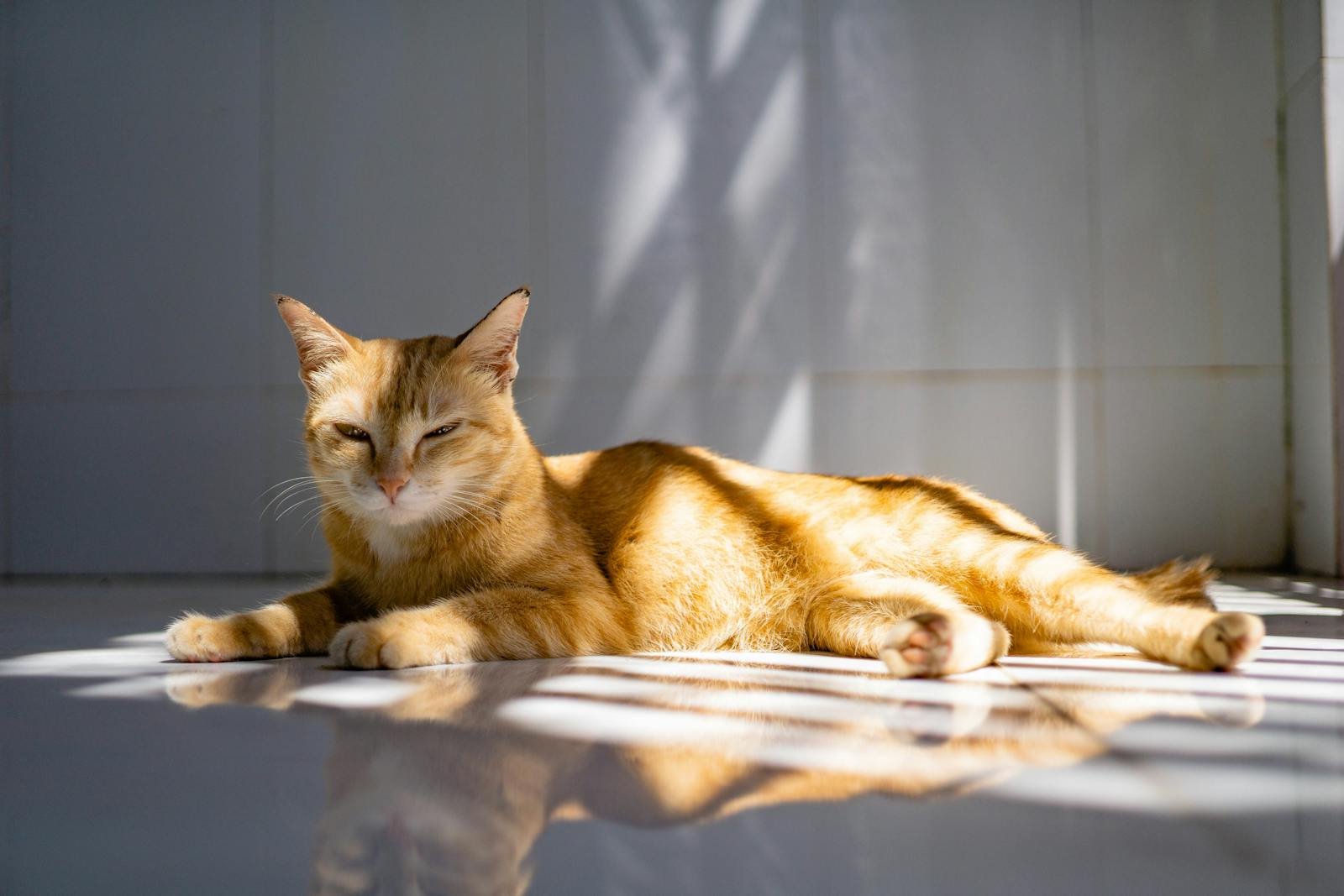
Arguments persist regarding the ethical responsibility we have towards both cats and wildlife. Some advocate for a harmonious coexistence that respects the ecological integrity of local fauna, while others emphasize pet owners’ responsibility in curbing the predatory impacts of their animals.
The Role of Responsible Pet Ownership
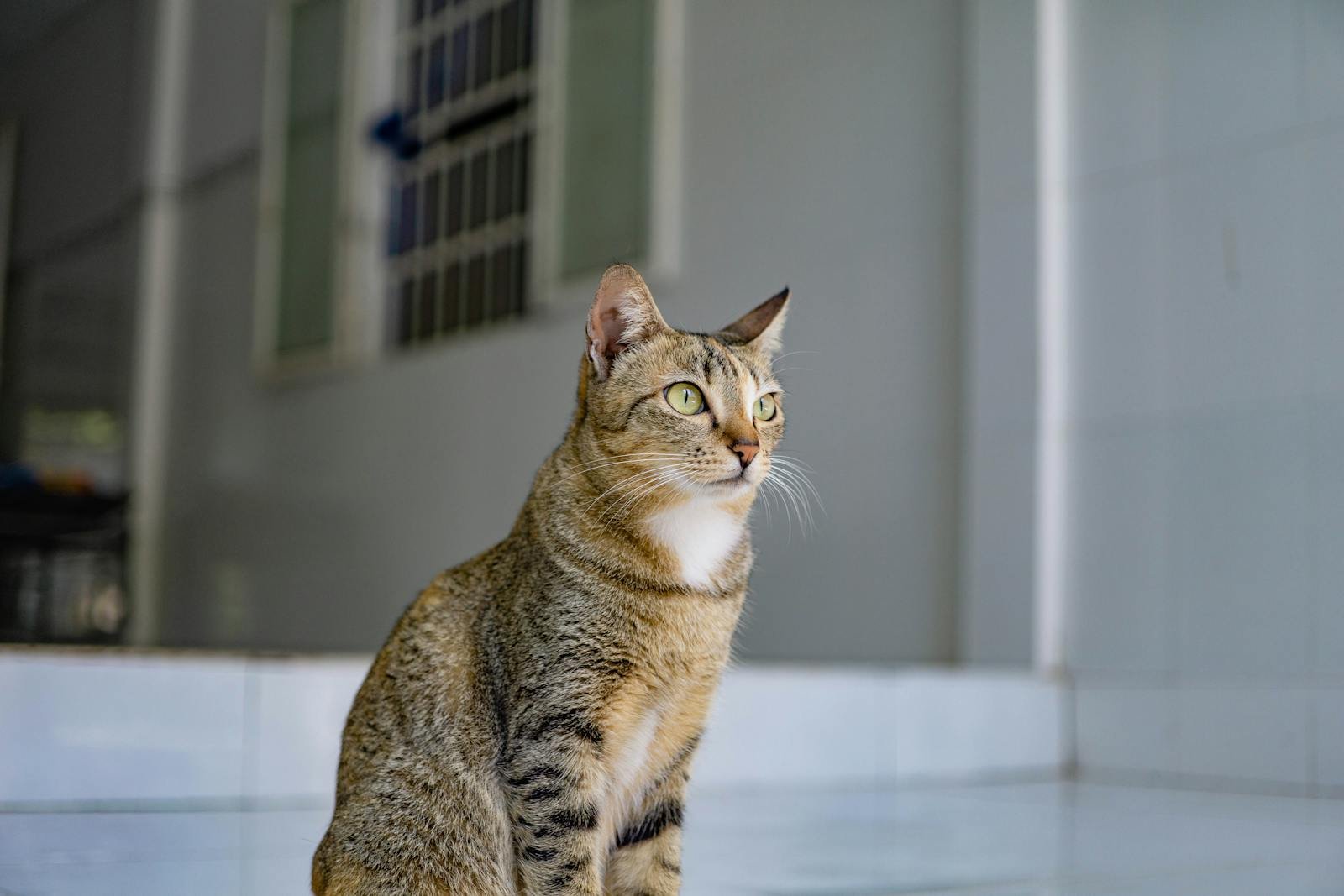
Pet owners play a pivotal role in wildlife conservation. Simple actions, such as keeping cats indoors, neutering pets, and using collars with bells, can drastically reduce the ecological footprint of domestic cats and protect vulnerable wildlife.
Future Research Directions
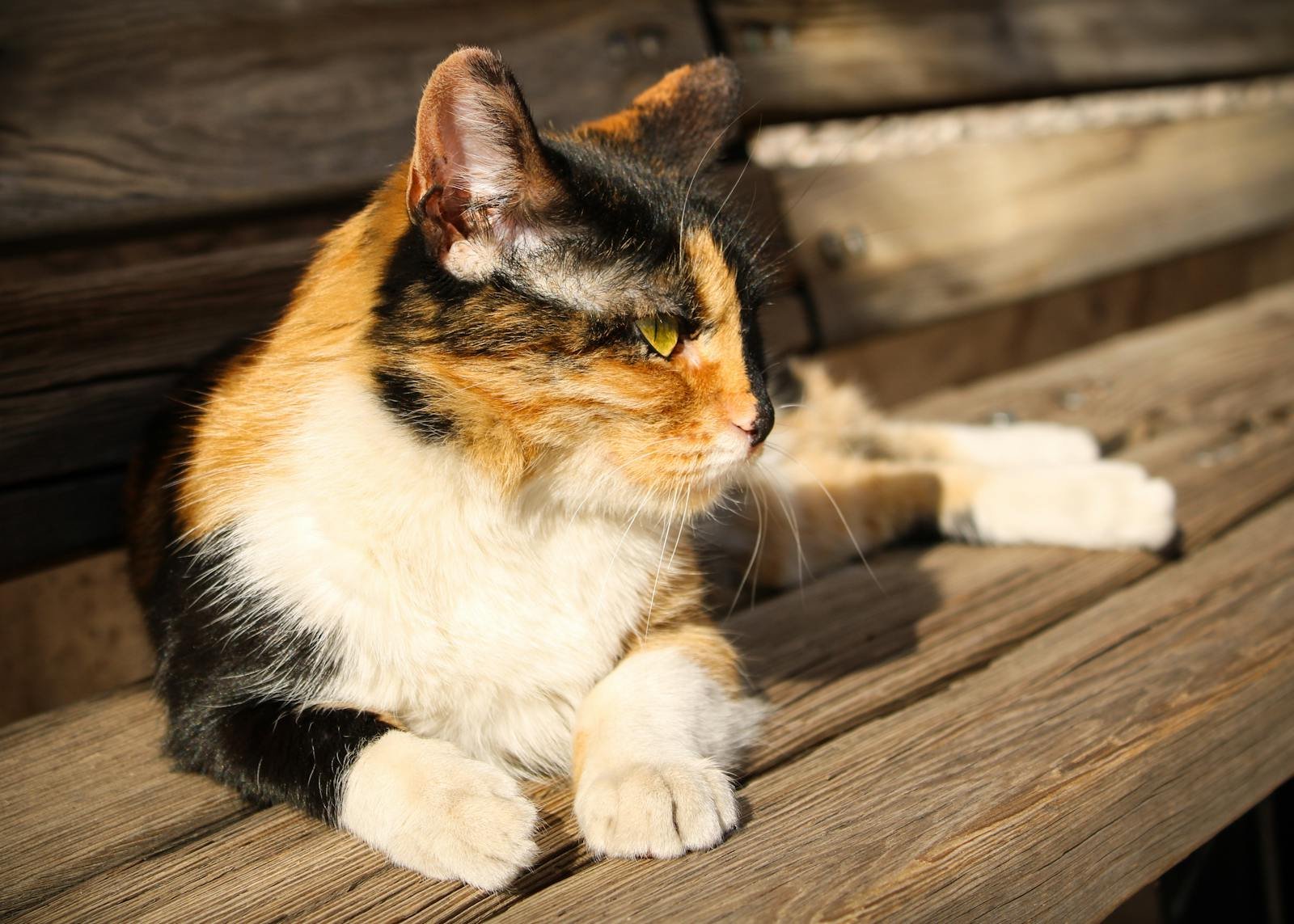
To fully understand the long-term impacts of domestic cats on small mammal populations, further research is needed. This includes studies on population dynamics of prey species, behavioral ecology of cats, and assessments of existing conservation strategies. Such research will inform more effective policy and practical conservation measures.
Conclusion: Balancing the Scales of Responsibility
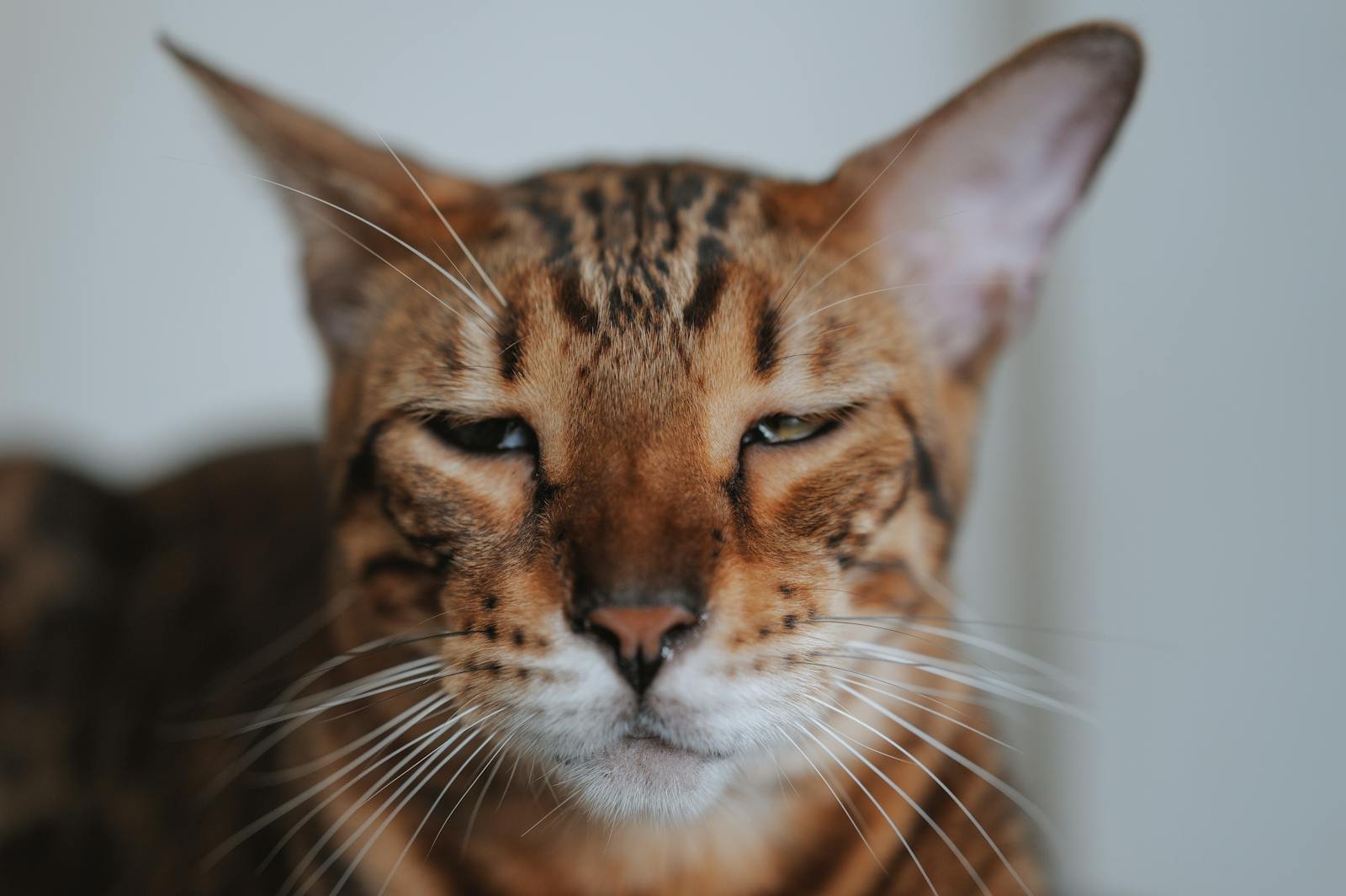
As the discourse on domestic cats and wildlife conservation continues to evolve, it becomes clear that a balance between pet ownership and ecological stewardship is essential. Understanding the role of domestic cats in biodiversity loss is the first step towards mitigating their impact and fostering an environment where both they and wildlife can thrive.
Hi, I’m Bola, a passionate writer and creative strategist with a knack for crafting compelling content that educates, inspires, and connects. Over the years, I’ve honed my skills across various writing fields, including content creation, copywriting, online course development, and video scriptwriting.
When I’m not at my desk, you’ll find me exploring new ideas, reading books, or brainstorming creative ways to solve challenges. I believe that words have the power to transform, and I’m here to help you leverage that power for success.
Thanks for stopping by, Keep coming to this website to checkout new articles form me. You’d always love it!






